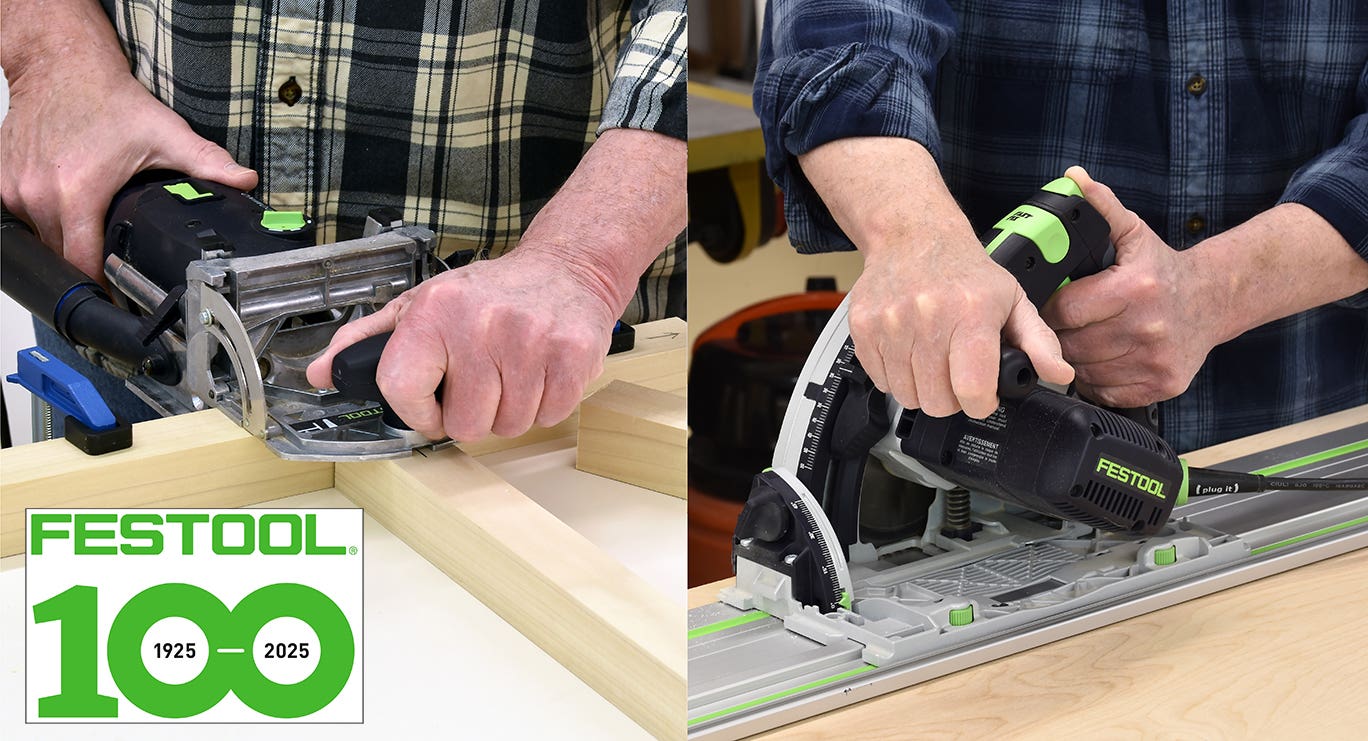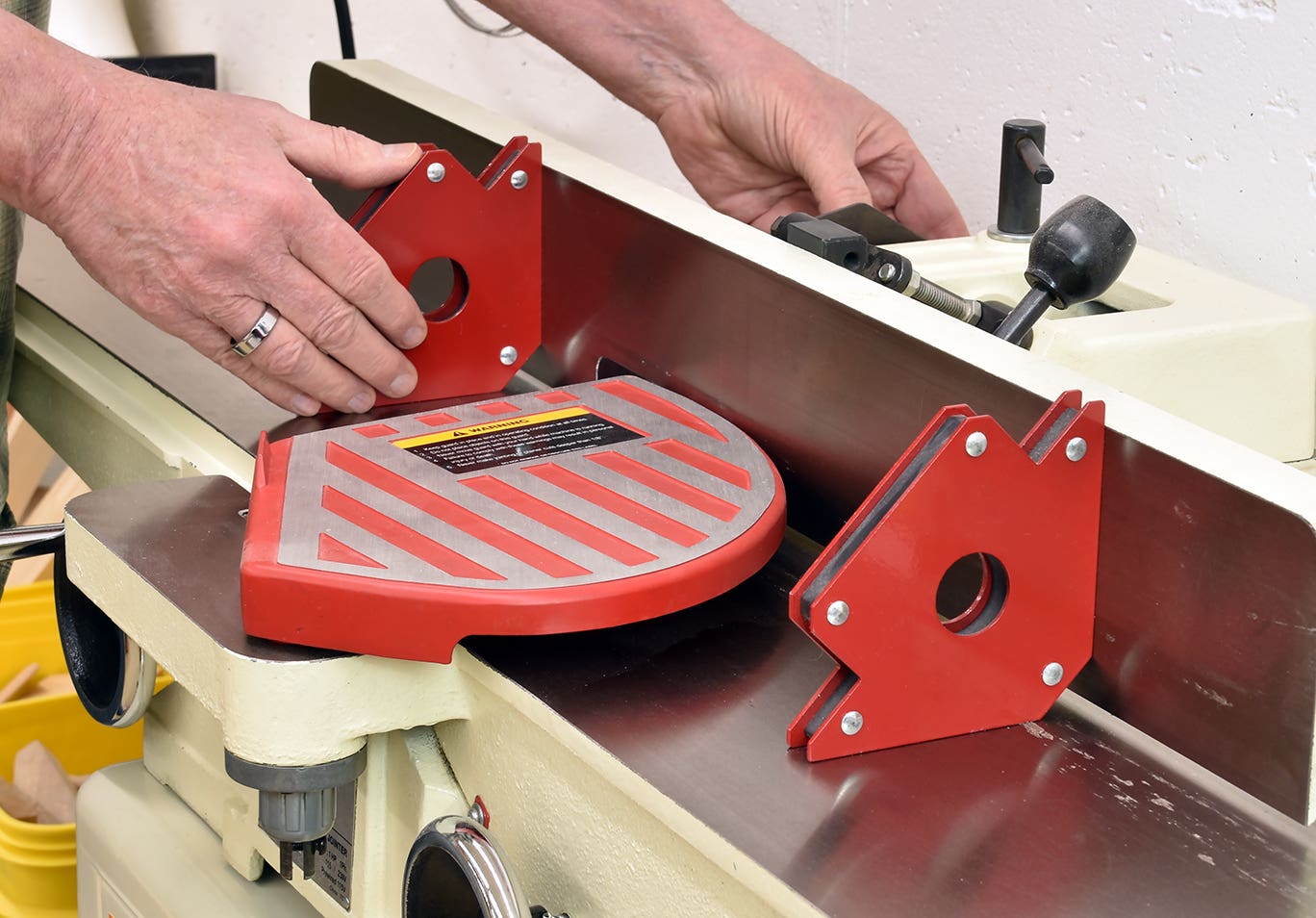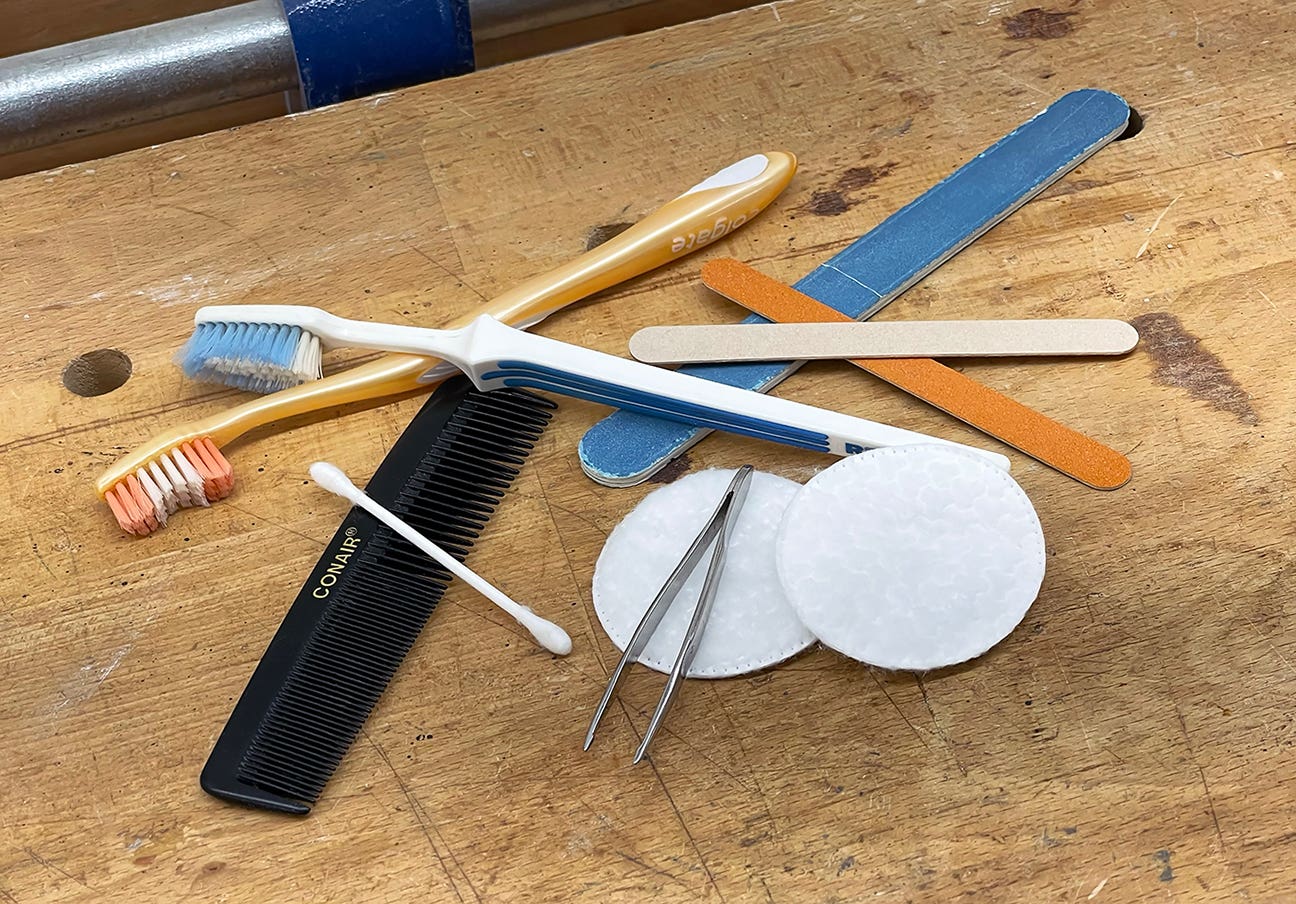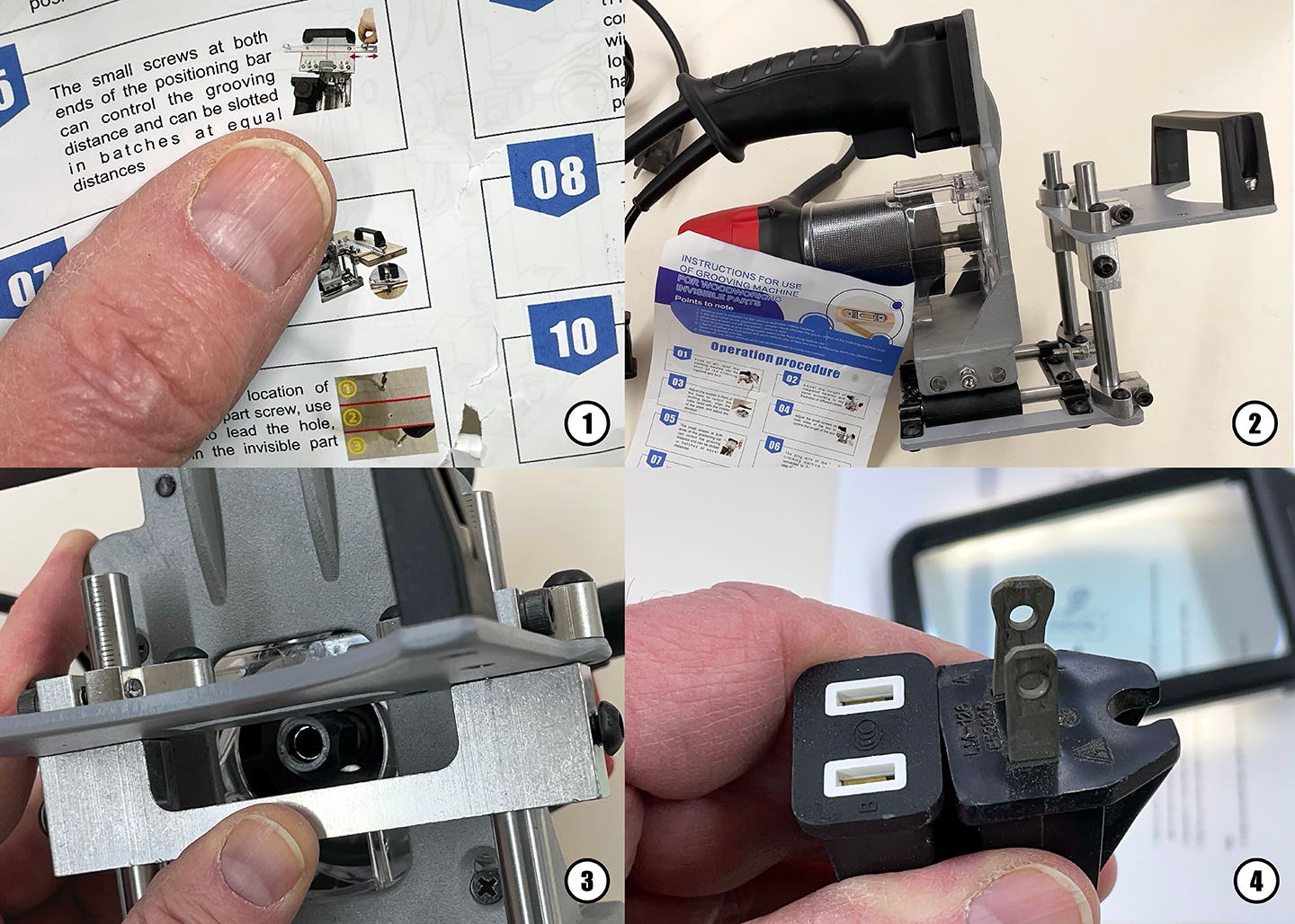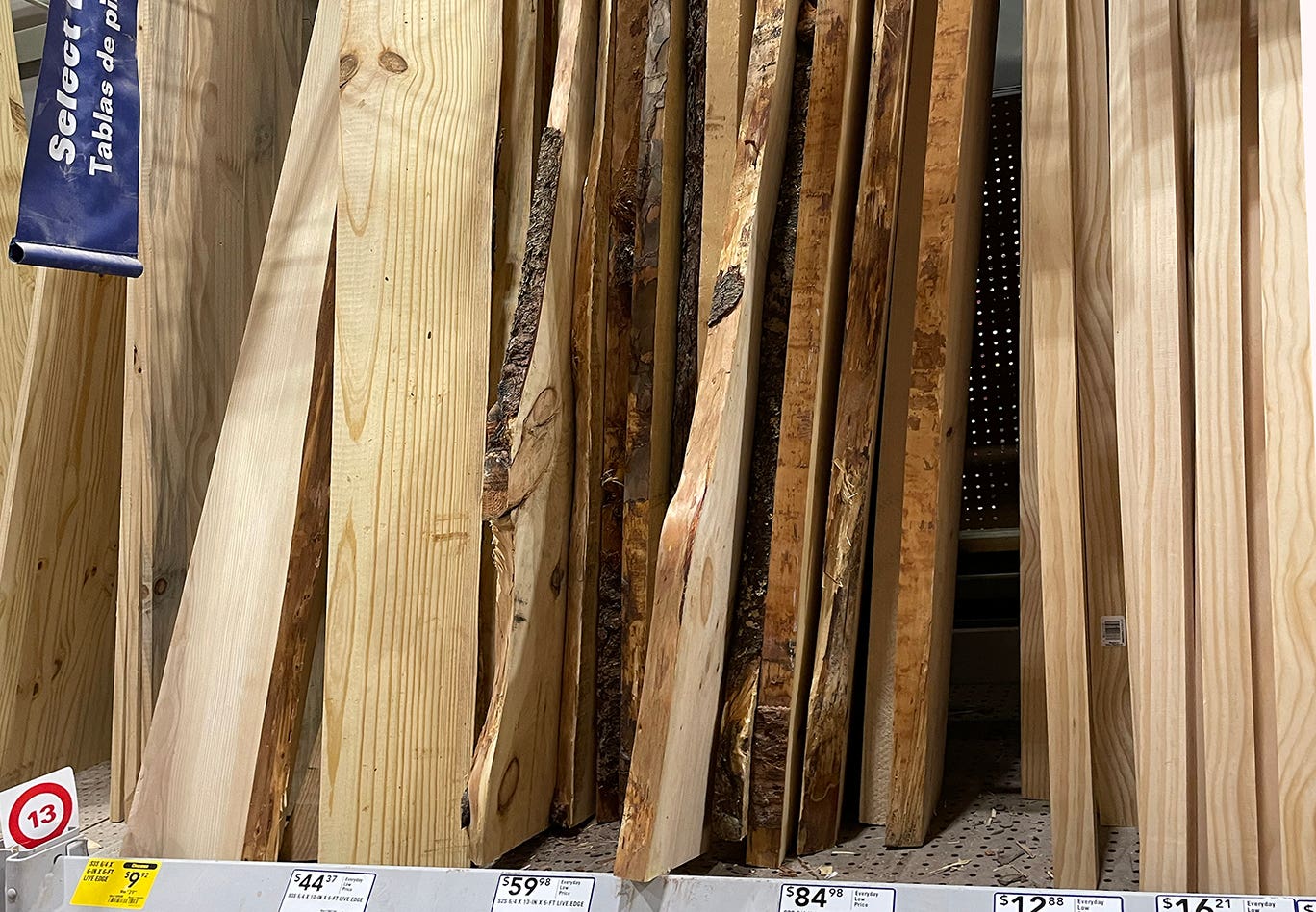My most valuable tool
If I asked you what your most valuable woodworking tool was not your favorite or most-used, but most valuable Im guessing youd each come up with an answer…
If I asked you what your most valuable woodworking tool was not your favorite or most-used, but most valuable Im guessing youd each come up with an answer pretty quickly. Again, Im not talking about value in the sense that the tool cost the most or has the highest resale value, but the one that proves its high value by improving your work and efficiency in the shop. Thats what I mean when I say most valuable.
The above was a trick question, in that Im betting each of you immediately envisioned your shop, running down a mental tally of your tool inventory. But I didnt specify that the tool had to reside in your shop, now, did I? Mine doesnt. My most valuable woodworking tool is the one Im using right now: the computer. Or, more specifically, being online on my computer.
As a woodworking writer, I should come as no surprise that I do a lot of my writing research online. But in the last couple of years, Ive realized that I do as much online for my actually woodworking than I imagined. When doing a project, I always look for similar ones on the Web to get ideas. Ive learned new techniques online for finishing and joinery. Researching material properties is a snap using a search engine like Google. Not having a decent woodworking store where I live, every supply I need that cant be found at the local home center I order online. Ive bought tools from Amazon.com, and wood from eBay. The list on online retailers I shop is a long one.
Its easy to list my shop favorites I have a favorite hammer thats probably as old as I am; I prefer the band saw over the table saw for many operations; my router is essential to much that I do; I wouldnt be without the $1.98 multi-screwdriver permanently on my workbench. But when it comes to the one tool I couldnt live without, the answer is just as easy: Its the Internet.
On another topic, in my last blog, the subject was woodworking jokes. Turns out that at least five people I know didnt get the joke about the carpenter ant Carpenter ant walks into a bar and says, Wheres the bar tender? For anyone else who didnt get the joke, carpenter ants eat wood. Bars are made of wood. When the ant in question asked, "Where's the bar tender," he was asking where the most tender part of the bar was, because he wanted to eat it.
Ha-Ha.
I also had a few people e-mail me and ask what the amnesiac joke was, but I dont remember.
Till next time,
A.J.
A.J. Hamler is the former editor of Woodshop News and Woodcraft Magazine. He's currently a freelance woodworking writer/editor, which is another way of stating self-employed. When he's not writing or in the shop, he enjoys science fiction, gourmet cooking and Civil War reenacting, but not at the same time.



